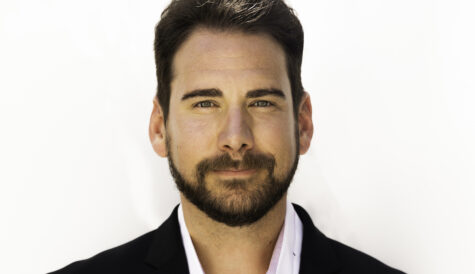
After more than 35 years of operation, TBI is closing its doors and our website will no longer be updated daily. Thank you for all of your support.
Hastings: linear will copy Netflix binge model
Linear broadcasters will ditch their aversion to binge viewing and start to copy the Netflix model, according to the CEO of the US streaming business, which pioneered the distribution model.
 In an on-stage interview at Mobile World Congress in Barcelona, Reed Hastings said he expected Netflix’s famous binge viewing model to become the norm as content migrates to the internet, adding there was nothing much new to it culturally, and comparing it to novel reading.
In an on-stage interview at Mobile World Congress in Barcelona, Reed Hastings said he expected Netflix’s famous binge viewing model to become the norm as content migrates to the internet, adding there was nothing much new to it culturally, and comparing it to novel reading.
“The internet has brought back binge viewing to human beings,” he said. “You will see most linear networks covert to binge viewing and that is very exciting.”
Elsewhere in the conversation, Hastings said international subscribers were becoming increasingly important to the Netflix revenue model “What is happening is that as our membership grows we have 100 million around the world and half is international. That gives us an attractive platform and can provide global reach for a film,” he said.
Netflix had 93.8 million subs overall as of Q4 2016, but has forecast this number will hit 99 million in the first quarter of this year.
Hastings’ appearance came after Netflix won its first Oscar award for The White Helmets, about rescue workers in Syria. Citing this as an example of the edgier content the SVOD service is now financing, Hastings also name-checked Thirteen Reasons, a new series about a teen suicide that is due to be released shortly.
“Bringing that conversation out in the open is very important,” he said. “We have so much we want to share with the world.”
He said that mobile operators are also looking at offering video, which they see as a compelling proposition, outside of existing data caps. This would remove a barrier that prevents cost-conscious consumers from using devices to view bandwidth-hungry long-form video content.
Referencing Netflix’s announcement that it is working with LG to integrate HDR capabilities into phones, Hastings said that mobile screens today are “just stunning”.
He played down, however, any notion that Netflix may seek to develop content specifically tailored for mobile consumption as use of mobiles to view the company’s service grows. Hastings said that Netflix focused more on stories rather than adapting content to a particular screen size. “We don’t design format [-specific content],” he said. “Maybe we’ll look at that some day but we want to focus on content you can watch on any screen.”
Aside from his comments about potential changes in the way mobile video is packaged, Hastings’ keynote at MWC failed to provide much new information about the global streaming video giant’s plans.
Fielding a series of questions from the BBC’s Francine Stock that were notable mostly for their blandness, he reiterated that Netflix wanted to make content locally that could be distributed globally, citing Cable Girls, a forthcoming Spanish series about telephone exchange operators in the 1930s, as an example. He said that Netflix was committed to filming a growing amount of content in multiple languages.


